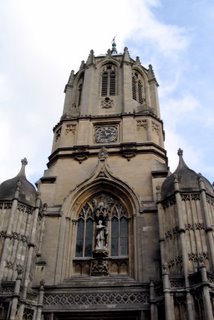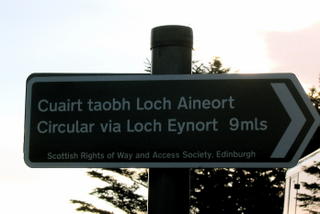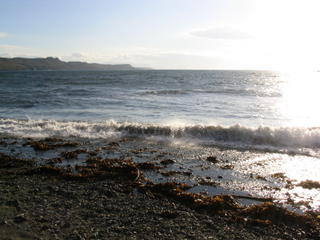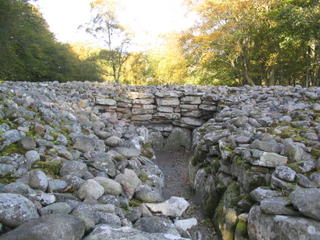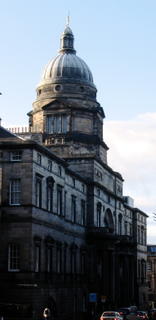England, part two

I found a walking tour devoted to her online, so I started out, as instructed, at the British Museum:

Inside, I went directly to the reading room. It has been restored to the way it looked in the 19th century and something like the way it looked when Woolf herself sat here, reading and writing. It's a beautiful room, full of wonderful books. On a plaque on the wall there's a list of some of the famous writers who read in this room--it brought tears to my eyes. I sat for awhile and wrote in my journal and wished I could talk with Woolf and ask her some questions I have about what she wrote. Mostly, I just sat and felt thrilled to be in England and in a room where brilliant minds have worked.


After wandering around the museum a bit and looking at old things, especially old Celtic things as I am studying old Celtic literature in school, I found Lady Ottoline's house. Lady Ottoline was a wealthy lady who had a sort of salon in which she hosted parties. She loved being known for knowing famous writers and artists. The Bloomsbury group (as Virginia Woolf and her friends are now called) made fun of her a lot, but she's supposed to have thrown really great parties. I'll spare you my picture of her house, as well as the picture of the hotel that now sits on the site Virginia and Leonard Woolf's Hogarth Press once occupied. After getting lost a few times and walking around for what seemed like forever, I finally found this street, where SHE LIVED!

Maynard Keynes, the economist and a number of other famous people lived here as well. This is VIRGINIA WOOLF'S HOUSE:

University College London now owns the house. They have kindly placed this plaque there:

At this point, I sat down on the sidewalk across the street and thought, for about ten minutes, SHE LOOKED OUT THOSE WINDOWS. She looked out of those windows at this spot. She walked on this ground. I finally wandered away in a daze of wonder and awe. I ended up shopping some, and finally having coffee in a lovely little cafe. After calling Nina from a phone booth (I lost the directions she gave me, like a really smart traveller), I made it back to her place exhausted but happy. We had a great night in, with great London Indian food (it's famous) and fantastic Cadbury chocolate.

